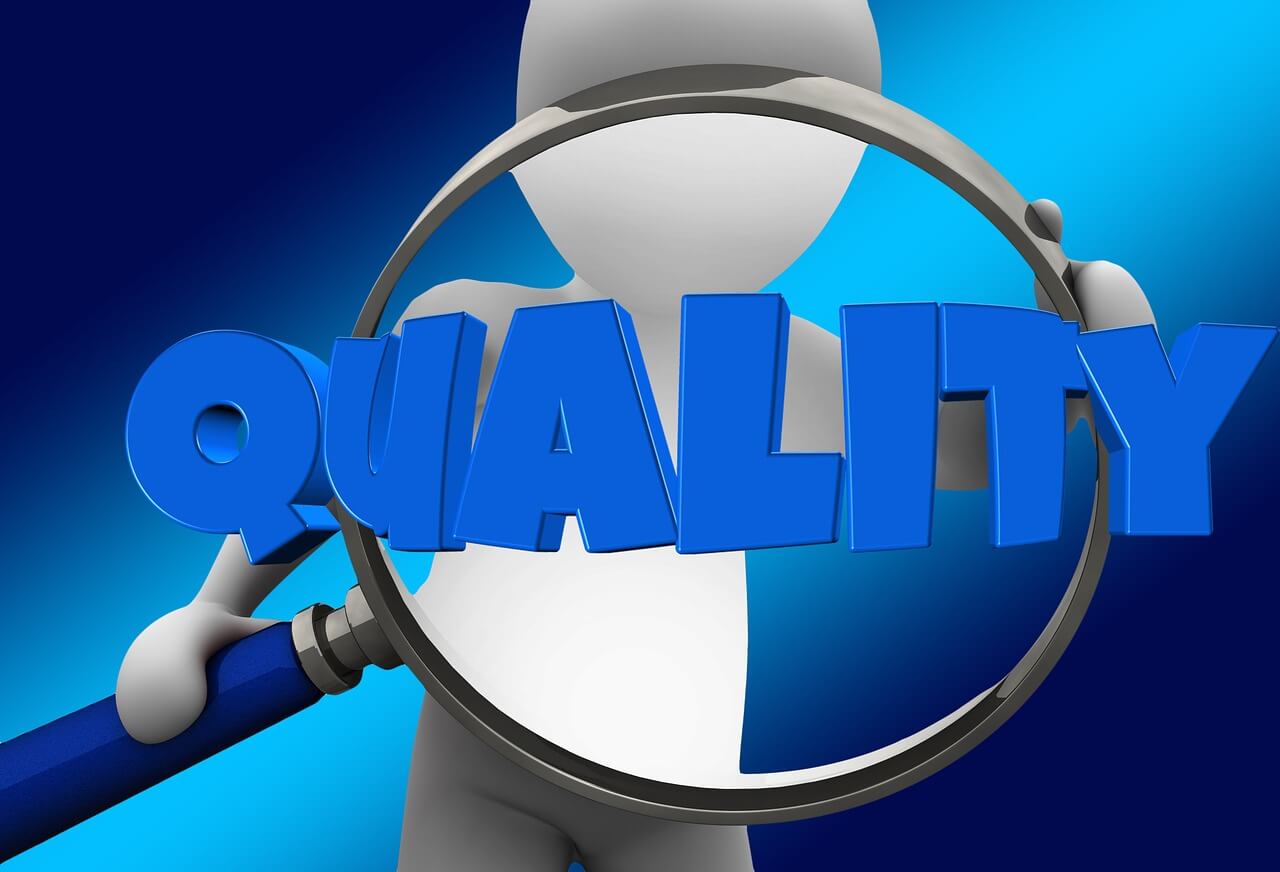Corrective and Preventative Maintenance for Hoists
Hoists, while often small in nature, are delicate and complex pieces of machinery. Despite their small size, they are capable of lifting extremely heavy loads; much greater than a human could. For this reason, it is important that safety is at the forefront of your minds, and you take all necessary corrective and preventative maintenance measures. More on this below.
Preventative maintenance
It’s always better to be preventative with equipment, rather than having to look for a cure or fix after something has gone wrong. Be proactive, not reactive! Here are some steps that you can take to ensure that your hoist will have a long, and hopefully maintenance-free, service life.
Correct usage
While this may seem like an obvious point to state, it’s imperative that you always use your hoist in the correct way. Never exceed the lifting strengths or capabilities of your hoist for any reason.
If your equipment has been designed to only be used in a particular environment, then please ensure that it is only used here. For example, electric hoists mustn’t be used in environments where there are flammable substances. For this, use ATEX rated hoists instead.
For a full list of correct usage tips, make sure that you refer to your manufacturer’s guidelines.
Using the right hoist for the job
Following from this is ensuring that you are using the right hoist for the job. Provided a competent and fully qualified person has planned out the job, then you should all be aware what will or won’t work for a particular operation.
Not only can using the wrong hoist cause damage to the equipment, but it may also have unpredictable eventualities for those working in the operation.
Storage
It’s important that you store your hoist in conditions that are conducive to its long-lasting. Consider dry environments where no moisture or harmful chemicals or substances are present.
It’s important to store your equipment away from moisture
Corrective maintenance
Should you be having a problem with your hoist, there are some corrective maintenance steps that you can take.
Inspections
The first step is to perform a thorough inspection of your equipment. It’s important to check all areas, as hoists are comprised of many small parts, and the problem may be internal.
Ensure that you regularly inspect your equipment for quality
Stop using it
If you have noticed a problem, then it’s important that you stop using your equipment immediately. Not only will this help prevent any further damage from being caused, but it also avoids any unpredictable accidents.
Speak with the experts
As with most cases, it’s crucial that you speak to the experts should you notice any problems. They’ll be able to quickly identify any issues and help you to rectify this. If you would like to speak with us, you can find our contact details at the bottom of this page.
Follow the guidelines
You must also follow all guidelines when working with, and using, lifting equipment. Not only must you familiarise yourself with the manufacturer’s guidelines, but you must also make yourself aware of government guidelines and laws too. Not only will this contain useful information, but it will also ensure that you stay fully compliant with any lifting regulations.
You can read more about this here: Lifting Operations and Lifting Equipment Regulations 1998 (LOLER).
Would you like help from us?
If you’re having problems with your hoist, or you would like to help prevent any problems from arising, then we would be more than happy to help. We offer a hoist repairs and preventative maintenance service; if you would like to discuss this further, you can get in contact with us here.

 Fast Delivery
Fast Delivery Low Prices
Low Prices Buy Online
Buy Online
